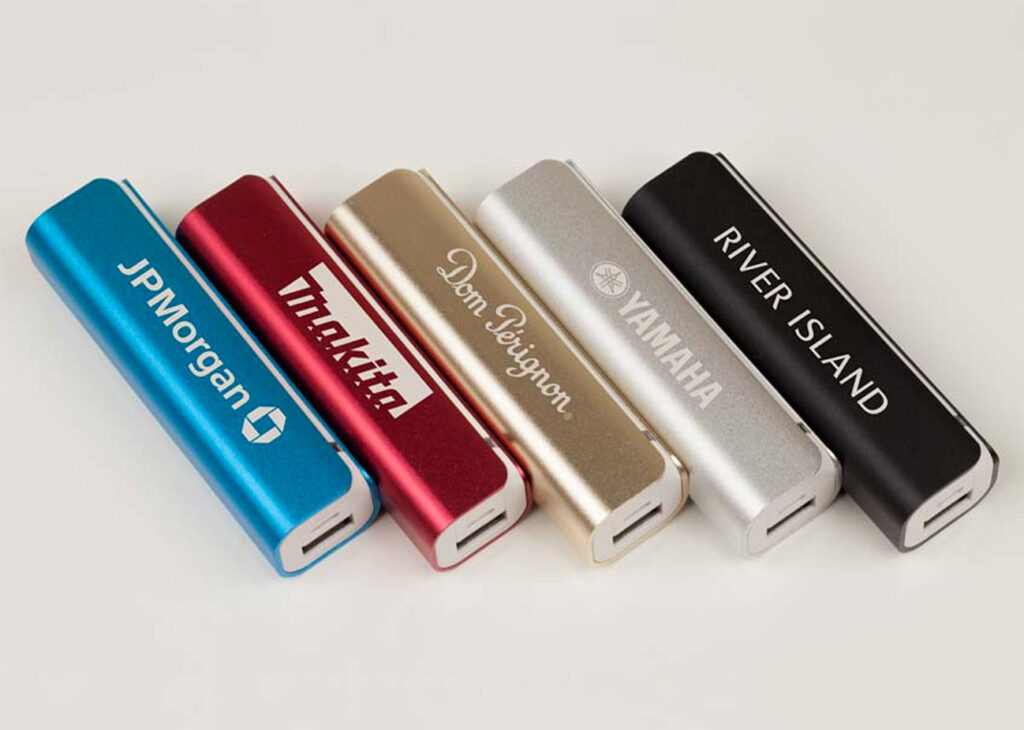Brand
Brand Identity
The pace of innovation, with its ceaseless introduction of new products, services, channels and markets, has radically altered how we approach design.
Visual identity development was once thorough, deliberate and based on the premise that a brand’s identity should be enduring. However, the social media imperative—to interact with customers in real time—and declining marketing budgets have shortened timelines and required that once-sequential work streams run in parallel.
Both the way we execute on design engagements and how we conceive the role design plays in telling brands’ stories are in various stages of revision.
Let’s look at five ways design needs to deliver in 2018 to create successful brand identity.
Monuments to Movements
To demonstrate how times have changed, let’s consider the NBA logo Alan Siegel created in 1969 to capture the essence of the game in a timeless image. The simplicity and potency of the mark, inspired by All-Star Jerry West, became the exemplar for identity design in sports. After a slight refresh last year, it’s as expressive of excellence in professional basketball now as it was nearly 50 years ago.
By contrast, Uber redesigned its logo in 2016—four short years after its founding. During that time, the company had metamorphosed from a personal car service to a global transportation network. Uber rebranded to signify its expanded capabilities, ambitions and potential.
Successful brands can’t simply rely on their past achievements. Their design aesthetic has to adapt as their business models and customer experiences evolve.
Static to Dynamic
At a time when designs were sketched with a pencil and tracing paper, the brand came to life in a number of discrete formats. Now that the process is digital, and the emphasis is on collaboration and responsiveness, we don’t think in terms of “print” or “OOH” or even “environment.”
User experience, interactive design and information architecture reflect how customer experience has changed. An identity is no longer a static or merely visual experience—it’s multi-sensory and interactive. Designers and brands have to work across touchpoints by imagining and connecting the various non-linear phases of the consumer experience.
Identification to Experience
Where design once provided the signifiers brands used to deliver one-way messages to consumers, the most successful brands now use design in the same way they do language: to inspire and orient conversations. By treating creative assets as dynamic elements in a fluid “language game,” brands can be recognizable and contextually relevant.
Rules to Principles
Design rules once ensured everyone knew where the lines were. In the past, brands were built on adhering to inflexible design rules. Today, forward-looking brands live by principles and overarching guidelines that ensure consistency while allowing for maximum flexibility. It’s important to understand the value of relinquishing some control in order to be agile.
Old Truths, New Tricks
It’s not news that we are all absorbing more information and processing it ever greater speed. However, information is not yet intelligence. Keeping up with the pace of change requires a boundless and sincere curiosity and an understanding that failure is an inevitable part of the process. We get to the heart of the matter quickly with rapid prototyping and learn by experimentation.
The way we approach design has changed to reflect our reality, but the fundamentals of creating good design have not. We need to communicate, we need to understand the experience of our audiences, and the contexts in which we appear. While our methods and modes have changed, we have more opportunity than ever to express ourselves.
[This blog is courtesy of printmag.com ]
